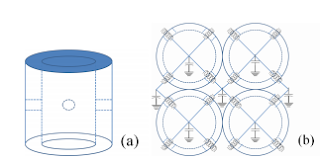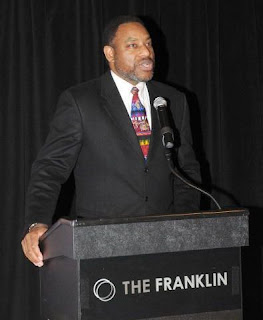 |
| Shirley M. Malcom, PhD |
Shirley Malcom is Head of the Directorate for Education and Human Resources Programs of the American Association for the Advancement of Science (AAAS). The directorate includes AAAS programs in education, activities for underrepresented groups, and public understanding of science and technology. Dr. Malcom serves on several boards—including the Heinz Endowments and the H. John Heinz III Center for Science, Economics and the Environment—and is an honorary trustee of the American Museum of Natural History. In 2006 she was named as co-chair (with Leon Lederman) of the National Science Board Commission on 21st Century Education in STEM . She serves as a Regent of Morgan State University and as a trustee of Caltech. In addition, she has chaired a number of national committees addressing education reform and access to scientific and technical education, careers and literacy. Dr. Malcom received her doctorate in ecology from Pennsylvania State University; master's degree in zoology from the University of California, Los Angeles; and bachelor's degree with distinction in zoology from the University of Washington. She also holds 15 honorary degrees. In 2003 Dr. Malcom received the Public Welfare Medal of the National Academy of Sciences, the highest award given by the Academy.
AAAS Science Talk: Shirley M. Malcom, PhD



















